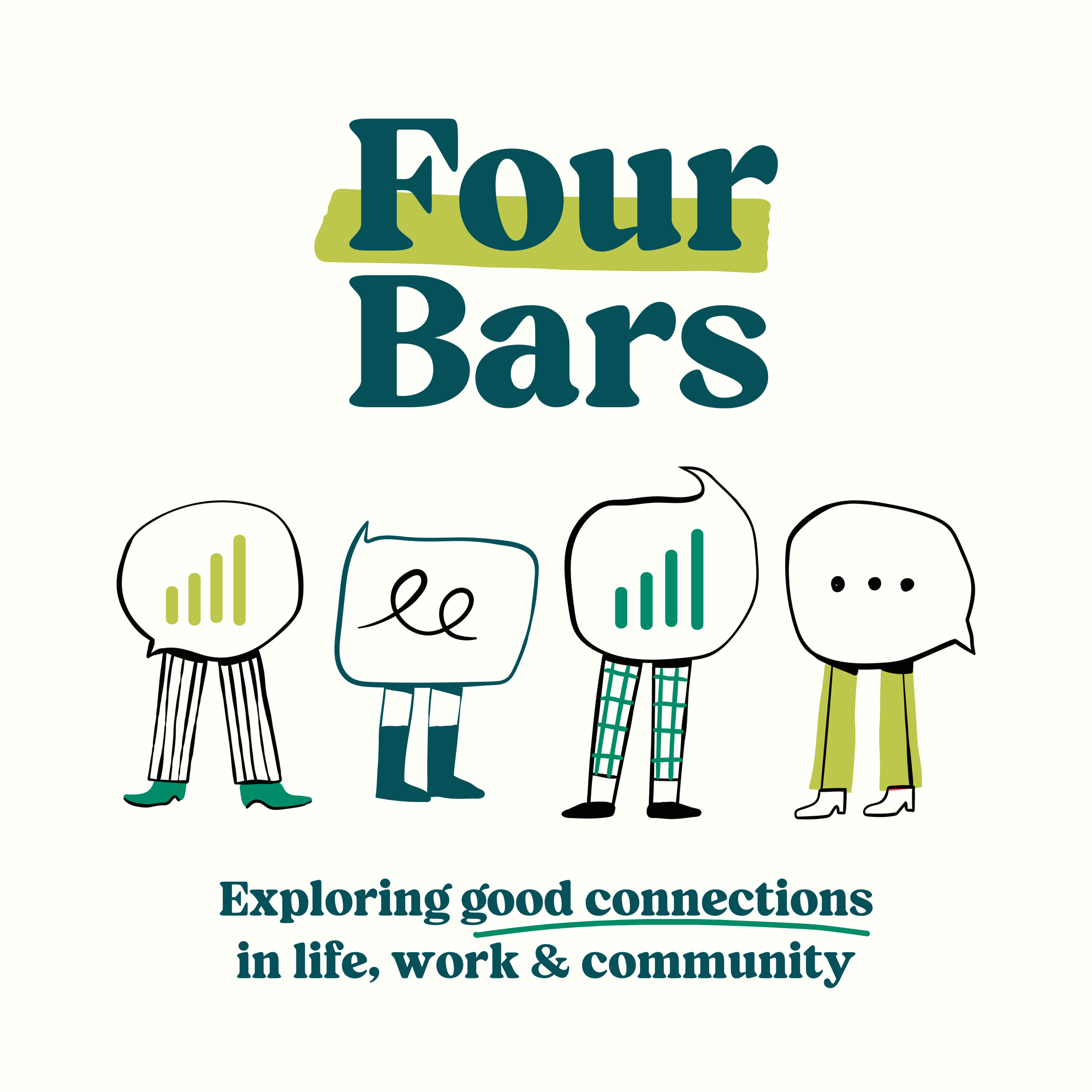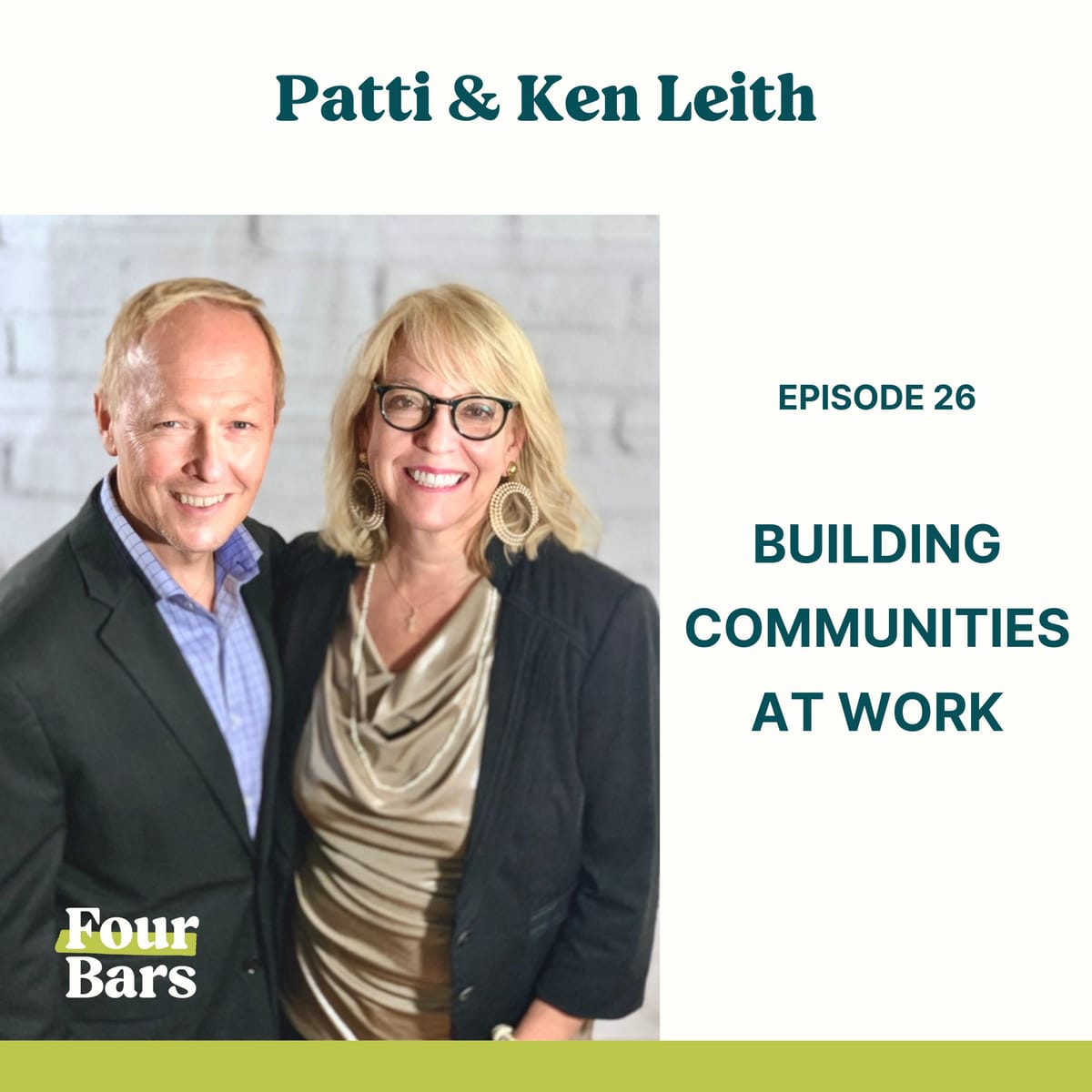What if the strongest driver of performance isn’t a strategy deck but the quality of your community at work? We dive into how trust, clear accountability, and psychological safety transform teams from collections of roles into villages that solve harder problems together. Instead of choosing between “personal” and “professional,” we frame community as the shared ground where activities, places, and people meet, your neighborhood, your product squad, powered by the same habits of care and clarity.
We get specific about culture as a system: the behaviors you encourage, tolerate, and stop. You’ll hear how top talent leaves when belonging is scarce, and why accountability actually boosts happiness when it’s paired with empathy and role clarity. We unpack a vivid turnaround story from Washington’s NFL franchise, showing how new ownership, professional leadership, and a reflective, documented coaching approach shifted the atmosphere first and performance next, proof that intentional choices can reset trust faster than most expect.
We also spotlight employee resource groups as engines of inclusion and practical change, especially when allies step in and executives sponsor outcomes. Then we share simple, repeatable rituals that any team can adopt to build sub-communities, weekly wins, learning circles, cross-functional coffees, and preview what’s ahead: a growth fundamentals series with C-level operators and our live “From Vinyl to Viral” panel featuring five generations in conversation. The thread through it all is simple and powerful: community is a capability you can build, measure, and scale.
If this resonates, follow the show, share it with a teammate, and leave a review with one example of a ritual that builds belonging on your team. Your ideas shape where we go next.
Follow and stay connected:
Website: fourbarspodcast.com
YouTube: youtube.com/@FourBarsPodcast
Instagram: @edges_Inc
Facebook: EDGES Inc.
LinkedIn: EDGES Inc.
Never miss an update—follow, subscribe, and join the conversation!
More About this Episode
Why Community is the Cornerstone of Workplace Culture and Organizational Growth
In today's rapidly shifting professional landscape, the word "community" often gets confined to neighborhood potlucks or online groups. But in truth, community is a foundational element of high-performing organizations. It's not just about where we live or who we spend time with outside of work; it’s also about how we engage with one another within our workplaces and professional spheres.
At Four Bars Podcast, we’ve had numerous questions come in about whether our conversations focus on personal or work relationships. The answer? Both and more. This platform is rooted in the idea that true connection transcends those categories. Community is the common thread that binds every facet of our lives: personal, professional, civic, and beyond. When you understand how to build community intentionally, you unlock the potential for stronger teams, higher trust, and sustainable growth.
Let’s explore how organizations can move from fragmented work cultures to cohesive, empowering communities, and why doing so may be the single most important factor in long-term success.
The Expanded Definition of Community
Community isn’t just about shared geography. It’s a combination of people, places, and activities. Anytime people engage around a shared purpose, whether it’s solving business problems, planning a neighborhood event, or collaborating on a project, they are forming a community.
That means your workplace is a community. And like any community, it will either thrive or deteriorate based on the quality of the relationships within it. When companies recognize this, they begin to shift from being a collection of individuals to a connected, values-driven culture that fosters collaboration and growth.
At our growth advisory firm, Edges Inc., we’ve worked with countless organizations across industries. The consistent differentiator between those who succeed and those who struggle? A strong, intentionally nurtured internal community.
Why Community Matters in the Workplace
If you’ve ever walked into an office and immediately felt energy in the air, employees laughing, heads together over shared challenges, a sense of focus and camaraderie, you’ve likely witnessed a thriving workplace community. On the flip side, you’ve probably also walked into spaces where tension, apathy, or fragmentation were just as tangible.
The key difference is not perks or job titles. It’s culture, and culture stems from community.
Here are just a few of the ways a strong community transforms a workplace:
- Trust Building: Community fosters psychological safety, which allows people to speak up, take risks, and share ideas without fear. This is the foundation of innovation and problem-solving.
- Retention of Top Talent: People leave jobs not just because of poor compensation or lack of advancement, but because they don’t feel like they belong. They don't feel seen. A connected culture changes that.
- Improved Accountability: In strong communities, accountability isn’t about micromanagement; it’s about clarity and shared expectations. People are more willing to own their responsibilities when they know others are depending on them, and when they trust their team has their back.
- Cultural Alignment: When values are truly lived, not just written on a wall, employees can be their authentic selves while aligning with the organization's mission. That’s when the magic happens.
Intentional vs. Accidental Culture
Some organizations hope that culture will take care of itself. And to some degree, it always forms, either by design or by default. But if you want a high-functioning, inclusive, growth-oriented workplace, it won’t happen by accident.
Culture must be intentional.
Let’s use the neighborhood metaphor: You might live in a cul-de-sac with ten other families, but if no one ever talks to one another, waves from their driveways, or attends a block party, it’s technically a community in name only. The same applies to your team. Being on the same org chart doesn’t make you a community; building shared purpose, mutual respect, and engagement does.
That kind of environment starts with leadership but doesn’t stop there. Everyone contributes to culture.
Case Study: The Washington Commanders’ Cultural Rebuild
A powerful example of intentional culture transformation comes from a perhaps unexpected place: the NFL.
For years, the Washington Commanders were plagued by internal dysfunction and public distrust. Their workplace culture was toxic, and the surrounding community had given up on the organization. But a significant ownership shift, spearheaded by Josh Harris and his leadership team, triggered a complete culture turnaround.
New leadership brought in experienced, self-aware professionals like Dan Quinn, a coach who not only brought tactical knowledge but had done the introspective work to lead differently. He analyzed his past failures, restructured his coaching philosophy, and intentionally set out to create a culture of accountability, inclusion, and performance.
The result? While the team’s on-field performance is still evolving, what changed immediately was trust, hope, and engagement, both within the organization and among its fans. Free agents began considering Washington again. The culture shift was visible, palpable, and most importantly, effective.
The lesson? Even entrenched, broken cultures can be rebuilt, but only with vision, intention, and a commitment to community.
Employee Resource Groups: Building Micro-Communities
Another effective tool for fostering community at work is the development of Employee Resource Groups (ERGs). These are often organized around shared identities or interests, such as gender, race, generational experiences, or personal passions, and they provide space for underrepresented voices to feel heard, supported, and connected.
But their value extends beyond affinity. ERGs serve as hubs for innovation, allyship, and cross-cultural learning. They break down silos. They enhance inclusion. And they create ripple effects of empathy and trust throughout the organization.
When implemented thoughtfully, ERGs become micro-communities that strengthen the larger workplace culture and improve both employee engagement and retention.
From Vinyl to Viral: Intergenerational Wisdom and Unity
In the spirit of deepening connection across differences, we’re also launching a new project exploring intergenerational community building, both in and outside of work. We’ll be moderating a panel titled “From Vinyl to Viral” featuring voices from five different generations, from Gen Z to Traditionalists (age range: 24 to 82).
This effort, under our Full Signal project, aims to bridge generational divides by focusing on the values and challenges that unite us. Storytelling will be the primary tool, because when people share their personal experiences, assumptions fade and understanding grows.
Why does this matter in the workplace? Because generational tension is real. Different communication styles, technological fluency, and expectations can cause friction. But they can also be assets, if we build the community capacity to learn from each other.
By spotlighting these conversations, we hope to showcase that what we often perceive as differences are really opportunities for connection.
The Path Forward: Growth Rooted in Connection
As we look ahead, we’re turning our focus to the fundamentals of growth within organizations. In the first half of 2026, we’ll be sharing interviews with C-level leaders who have navigated impressive trajectories of organizational growth. Their stories are not only about revenue or strategy, they’re about relationships, grit, trust, and shared purpose.
From what we’ve heard already, these leaders built their success not through isolated brilliance but through collaboration, inclusion, and community. Whether they were launching a startup or scaling a legacy enterprise, the same principles held: people matter. Culture matters. Connection matters.
Building Your Own Stronger Community
If you're in a position of leadership, or even if you're a team member who wants more from your workplace experience, here are a few steps to begin cultivating a stronger community:
- Model Authenticity and Trust Be open, honest, and consistent. People follow leaders they trust and connect with on a human level.
- Facilitate Connection Make space for conversations that aren’t just task-based. Whether through ERGs, team-building events, or informal coffee chats, the community needs room to breathe.
- Embrace Accountability as Empowerment Clear expectations and feedback aren’t punishments. They're signs of respect, and they build a high-performing culture.
- Encourage Inclusive Micro-Communities Celebrate differences and create space for all voices. Empower sub-groups to connect and bring ideas to the larger whole.
- Invest in Culture Intentionally Like any garden, culture grows where it's cultivated. Make culture-building a priority, not an afterthought.



Member discussion: